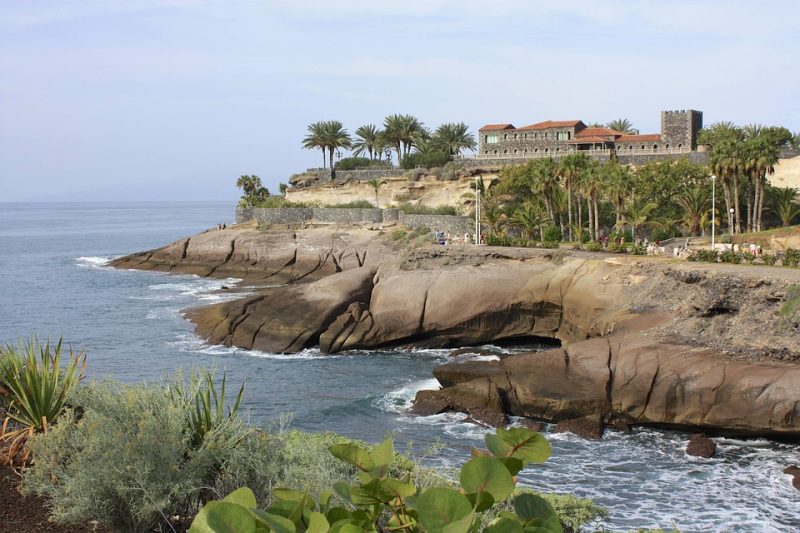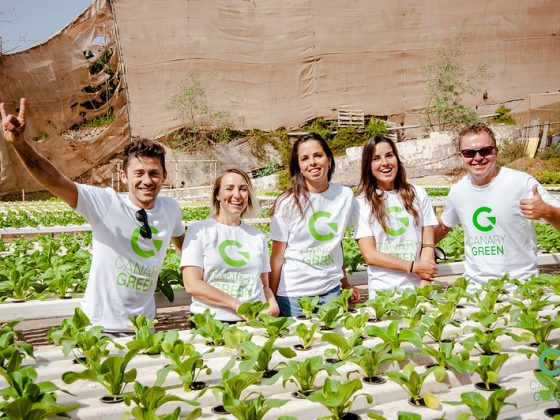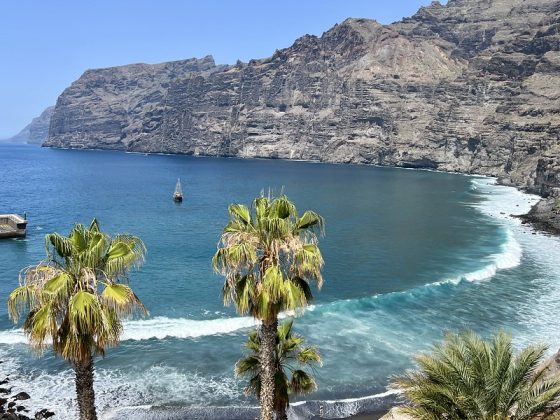
You might not have heard of the metaverse, and you might not understand digital assets, but They’re coming to Tenerife.
Or, to put it another way, Tenerife has gone to the metaverse. Before we look at our island’s move into a virtual space, it is important to understand the metaverse and how it works in terms of digital assets. The metaverse is very much the same as cyberspace; it’s a virtual concept rather than a physical being. However, if you were to imagine the internet as a 3D platform where you can build things, you’d have more of an idea of the metaverse. It’s associated with technologies such as virtual reality and allows a user to live in a digitized virtual space. One of those virtual spaces is now based on Tenerife.
Users can live virtually on the island and buy buildings and spaces for different endeavours. You can buy iconic locations on the island, such as Avenida Marítima or Calle Castillo, and use them to advertise or sell services. They exist as non-fungible tokens, NFTs, meaning they retain a value that rises and falls depending on demand. So, much like real property, land you buy on Tenerife on the metaverse could rise in value and make you a profit. The more people come to the metaverse and trade there, the more likely you will make money from it.
Isidro Quintana, an Oxford and Stanford graduate, is the man behind the project. He explains how the metaverse will operate, and why he has chosen Tenerife for this unique digital concept. “En Triple-O Games estamos creando un videojuego integrado en el metaverso con la intención de que los activos digitales, que en este caso son coches, puedan ser utilizados en otros proyectos y experiencias, ya que el usuario podría si quisiera dar un paseo virtual por las calles de la capital tinerfeña”. He added, “apenas existen proyectos dedicados en estos momentos al metaverso, pero sí otros externos que colocan a Canarias como escenario protagonista”.
The concept of digital assets is not new, and we’ve already seen them gaining traction in other industries, both inside and outside of the metaverse. For instance, a real-world example of digital assets having value and benefit can be found in fan tokens, which are a form of fan engagement in La Liga and beyond. A fan token is a digital asset, much like the NFTs of the metaverse, which supporters of clubs can buy. However, unlike NFTs, they are fungible; one FC Barcelona fan token is worth the same as all others. Owners of fan tokens then have a degree of digital influence over the club; they can vote in polls, win special benefits such as attending matches, and if they decide they’re no longer interested in the club, they can sell their tokens and perhaps even make a small profit.
Barcelona are one of the biggest clubs in the world, and they have also explored their corner of the metaverse, something Joan Laporta explained recently. “We’re developing our own metaverse, [which is why] we rejected the chance to be associated with any cryptocurrency enterprises. The players know what we’re working on, that this is a modern club that makes use of new media. There are clauses in their contracts related to the NFT world and the metaverse.”
What that means in real terms for Barcelona fans is unclear. Unlike fan tokens, tangible benefits for fans and the club are yet to be revealed, but both examples underline how popular the metaverse, NFTs and fan tokens are becoming. It’s refreshing to see that technology is used to further the interests of our island, and nice to understand the possibilities for our own CD Tenerife.




